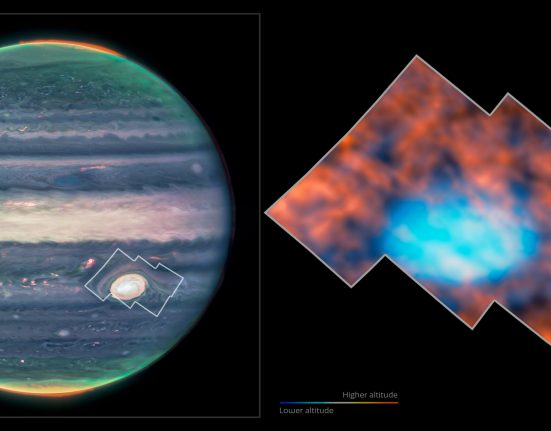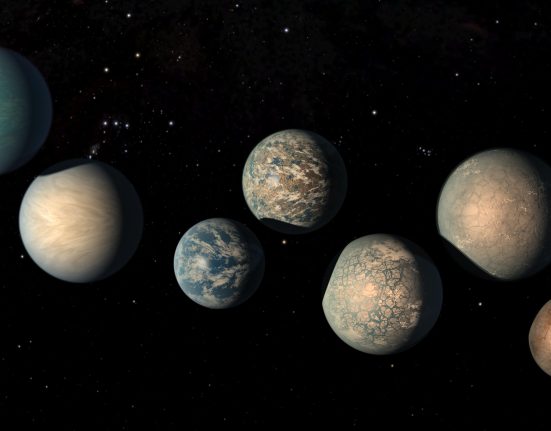Finding water on mars It has been a key target of orbital and surface missions, but scientists did not expect it to appear near the top of Mount Olympus. However, the European Space Agency (ESA) reports that it has detected frost formation on the peaks of the Tharsis Formation, the highest volcanoes in the solar system.
While we tend to think of Mars as marginally similar to Earth, there are many differences at ground level. For example, Mars It has a thin atmosphere of carbon dioxide instead of the dense mixture of nitrogen and oxygen we have on Earth. The thin atmosphere and high altitude keep temperatures above freezing on these equatorial peaks, which is very different from the icy conditions on Earth's mountain peaks. So far only ice has been detected beneath the surface in these more temperate regions.
The new ice formation was detected by ESA's ExoMars Trace Gas Orbiter (TGO) and later confirmed by the Mars Express orbiter. Adomas Valantinas, a doctoral student at the University of Bern, led the research. He says the unexpected appearance of ice on these volcanoes “hints that there are exceptional processes at play that are allowing frost to form.”
Olympus Mons is the most famous member of the Tharsis formation, which consists of numerous volcanoes scattered primarily around the planet's equator. They tower over the surrounding landscape, but Olympus Mons is the tallest in the world. Solar system, with an elevation of 13.6 miles (21.9 kilometers). In the image above, you can see a thin layer of ice (in blue) covering the top of Olympus Mons.
According to research published in Nature Geoscience, the high altitude and thin atmosphere of Mars have created an unexpected microclimate at the top of the Tharsis volcanoes. The team theorizes that the wind rises up the mountainsides early in the morning, bringing greater humidity to higher altitudes. Despite warmer temperatures in the Martian mountains, it appears that water vapor can still condense in the shadowy parts of the peak.

Topography of the Tharsis region on Mars
Credit: NASA/MGS/MOLA scientific team, FU Berlin
The layer of frost is only the width of a human hair, but it covers a vast region. The team estimates that every day 150,000 metric tons (about 60 Olympic swimming pools) of atmospheric water are converted to frost at the top of the Tharsis volcanoes. ESA says its orbiters are uniquely positioned to make this discovery. Most Mars satellites are synchronized with the Sun, so they can only observe the surface in the afternoon. EGO and Mars Express can observe the surface at many times of the day, including early in the morning when mountain tops freeze over.
It may not be a convenient source of water on Mars, but the discovery of more water on the red planet is a good thing. It suggests that future explorers will have more options for harvesting water on Mars rather than relying solely on what they can bring back from Earth.













Leave feedback about this